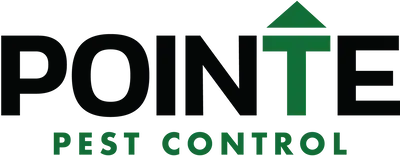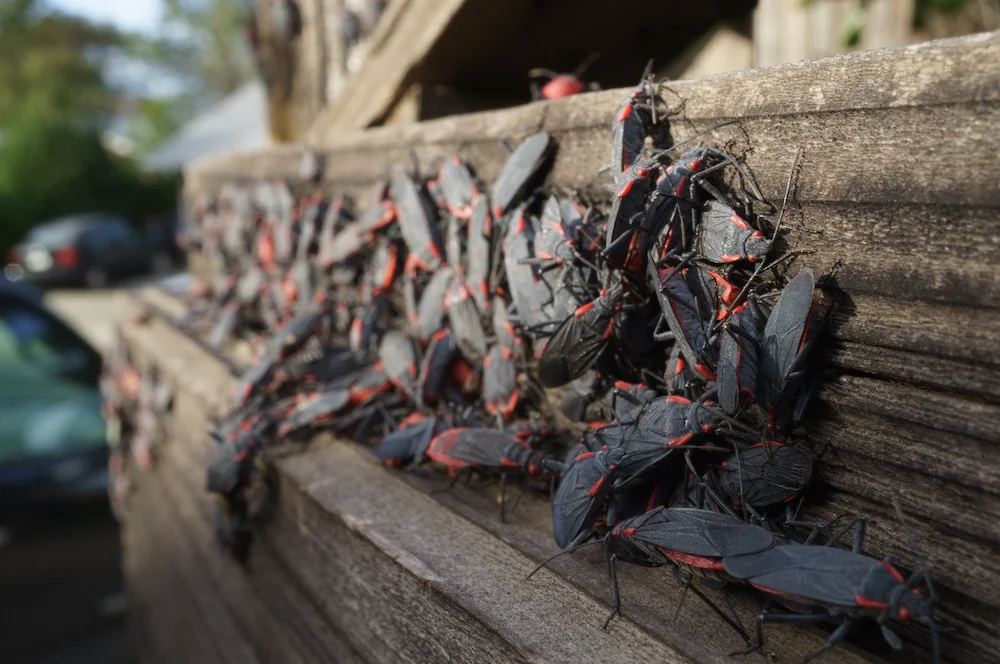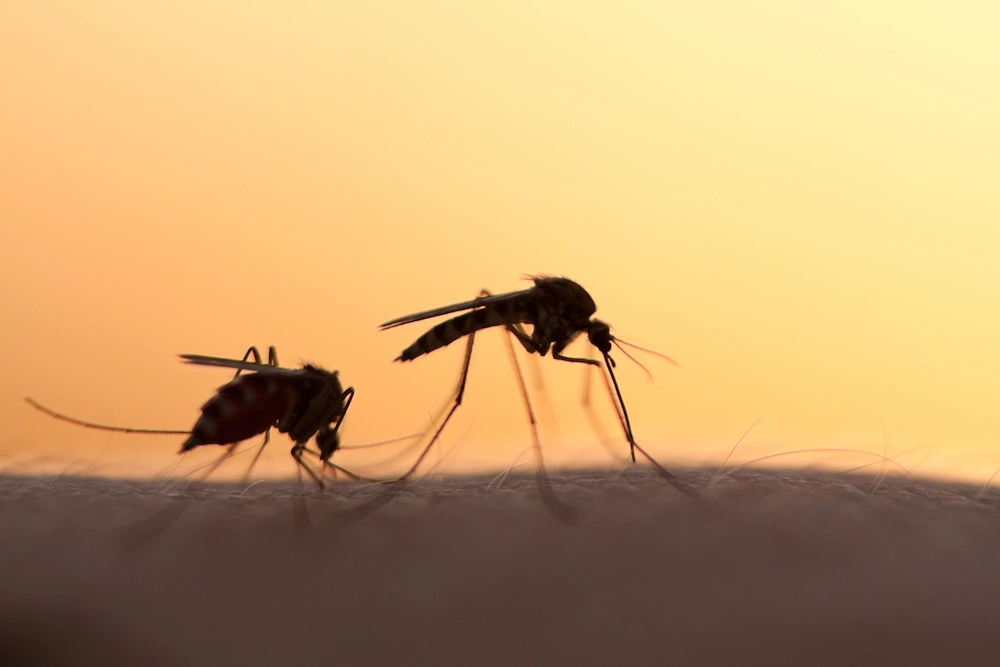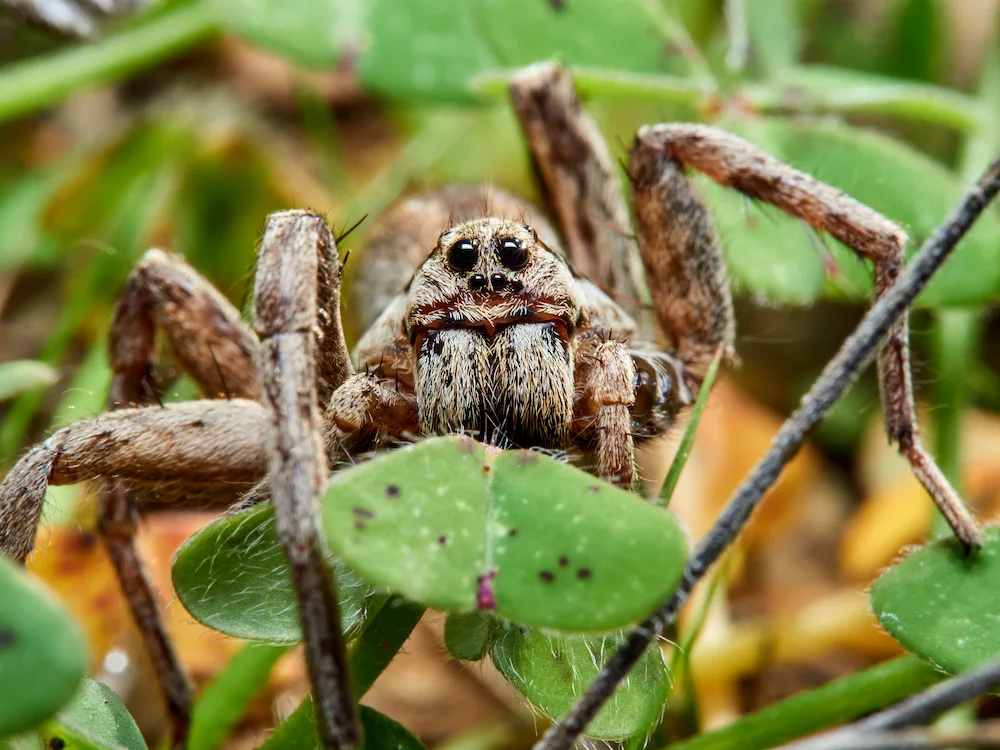Summary: Termites are incredibly destructive, but how do they work so quickly? This blog explores the lives and work ethic of termites to find the answer. Each section dives into a different facet, like their classes, habits, and common species. Pointe Pest Control provides efficient, long-lasting termite solutions.
When you think of hardworking pests, what comes to mind? Maybe it’s the armies of ants that ruin our food every chance they get. Or it’s the colony of wasps that build a basketball-sized nest in your yard every summer.
For us, termite colonies immediately pop in our heads. These pests never stop working on carving their intricate tunnels into wood. This work ethic is exactly why termites are such a difficult pest problem to solve. The longer that termites are left alone, the larger their numbers grow by the day.
Let’s discuss how termite colonies maximize efficiency and protect their numbers all because of their strict structure.
Eusocial Insects
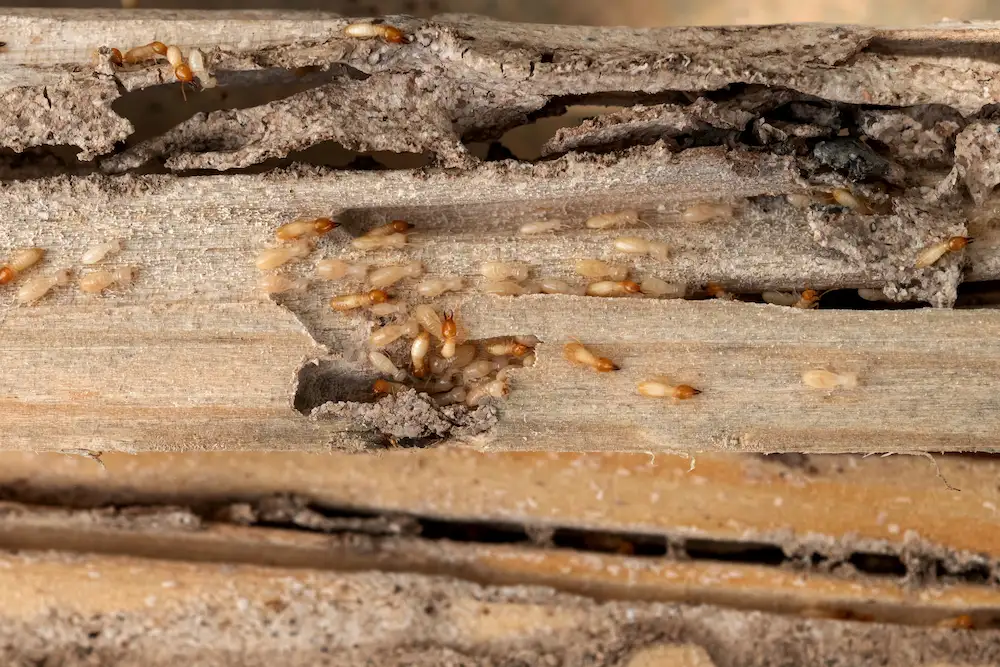
Termites are eusocial insects, which means they live in colonies descended from the same queen (similar to ants and bees). The first evidence of termites dates back over 1 million years ago, and their survival can be attributed to their rapid growth rate. Termite workers live 1 to 2 years, while queens live for 20 to 30 years. Think of all the eggs the queens can produce in that time!
While the queens are busy laying thousands of eggs a year, workers care for the nest and young termites. Termite nests are the largest of any insect nest because they need to fit their entire colony inside. As if that wasn’t enough, these pests will even work with other termite colonies on the same food source!
Class In Session
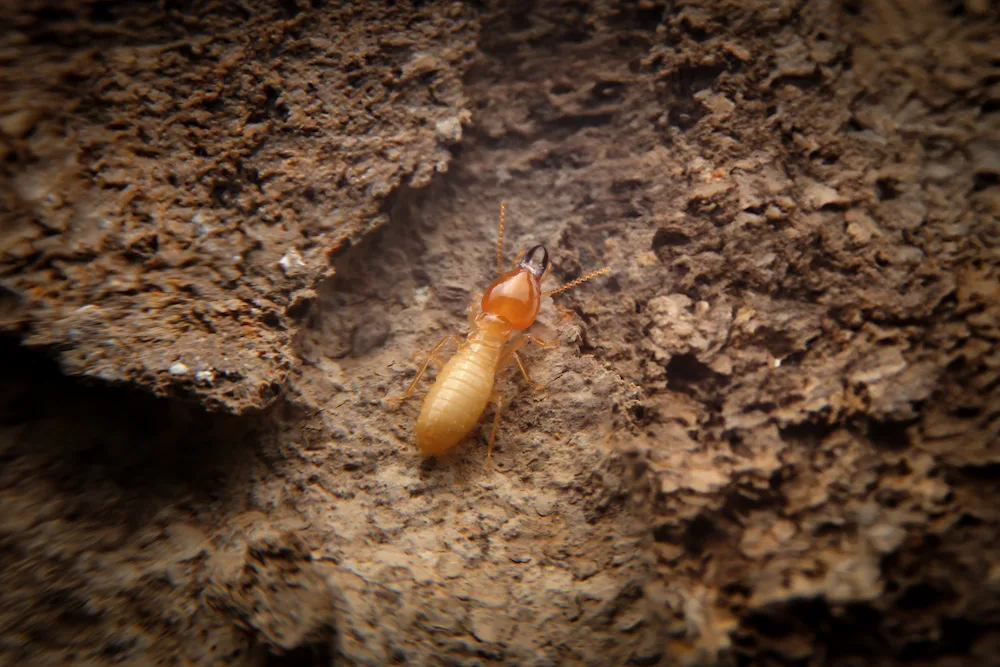
We’ve been talking about termite queens and workers, so you may be wondering how the pests determine which ones are designated to each role. Well, termites have an entire caste system that decides this for them!
The 3 classes in each termite colony are:
- Workers — This is the largest class with the smallest termites. Workers do most of the work in sustaining the colony and nest. They are the ones responsible for wreaking havoc on our wood. Their tasks include getting food for the other classes, building and cleaning the nest, and repairing holes in their structure.
- Soldiers — The next level up is the soldier class. These insects are larger and have sharp mandibles (mouthparts) to defend their nest from intruders. Since they’re blind, soldiers use scent chemicals called pheromones to identify each passing insect. When there’s danger, soldiers bang their heads on the wall to send vibrations to the rest of the colony.
- Swarmers — Also called “reproductives,” this class has the kings and queens. They’re the only ones capable of reproducing, flying, and seeing. Once they’re adults, swarmers leave their original nest to mate and start a new colony elsewhere. The queens care for the young before workers take over the caregiving.
Every termite in the colony has a purpose. This unfortunately means that you need to eliminate all of them in order to stop an infestation. Colonies take 2 to 4 years to mature and send out swarmers to start new nests, so it’s essential to stop them before they get to this point (more on this later).
No Rest For The Termites
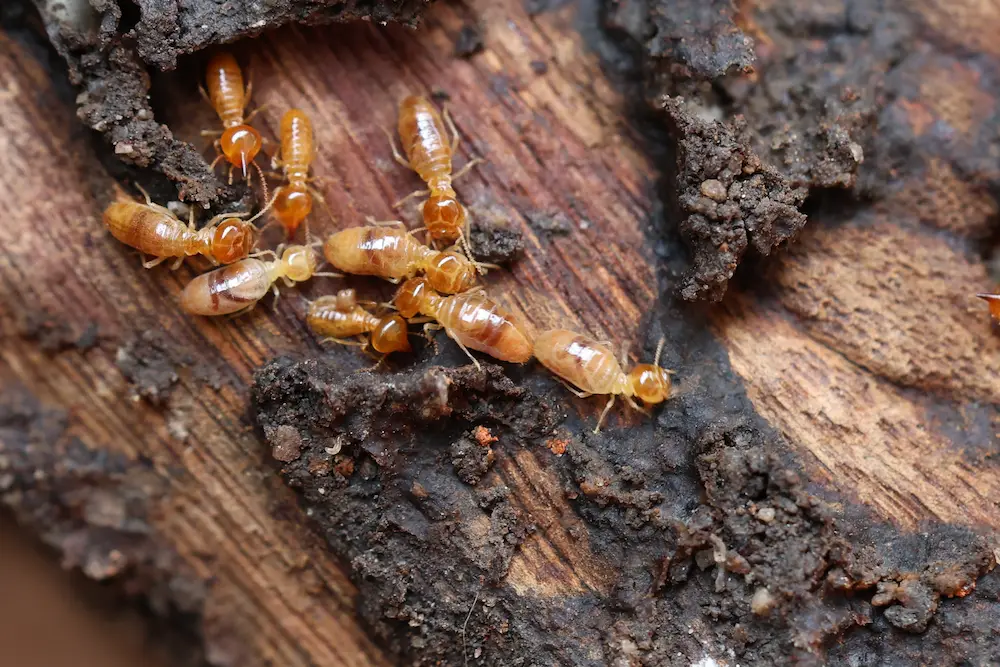
Fun (or not-so-fun) fact about termites: they never sleep! While other pests are active during the day or night and spend the rest of their time resting, termites work 24/7. They’re even more efficient in the warmer seasons when they are preparing for the incoming cold. Since termites just eat the cellulose in the wood they carve, they don’t have to worry about foraging for food — it’s already here!
As we mentioned before, worker and soldier termites are blind. This leads them to rely on two unique modes of communication. One is pheromones, which are unique to each colony since every queen has a different scent. The second is vibrations that are sent through the tunnels when soldiers or workers bang their heads on the wall in a specific pattern.
Termites create a factory of destruction everywhere they go. Since they’re relentless in carving tunnels and galleries into wood, any wooden structure with a termite problem is weakened by the day. These tiny pests cause billions of dollars in damage every year! Their main threat is ants, who storm termite nests and steal the pests for their own protein-packed meals.
The PNW Species
There are over 40 termite species in the United States, some more common than others. Of these, there are 2 species that wreak the most havoc in the Pacific Northwest and are therefore important to know:
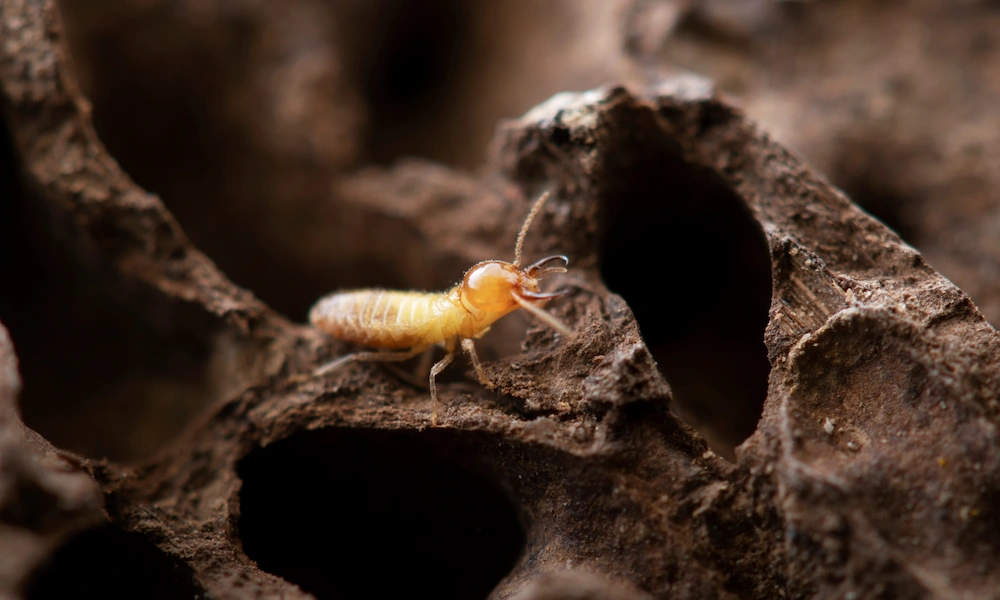
Western subterranean termites are the most destructive of the two. They invade soil and house foundations to keep their tunnels in the subterranean level. There can be up to 1 million in each colony, and it’s possible to meet this number because they’re so well-hidden! The subterranean termites are white and the size of a grain of rice, but you’ll have a hard time finding them even though they’re active year-round.
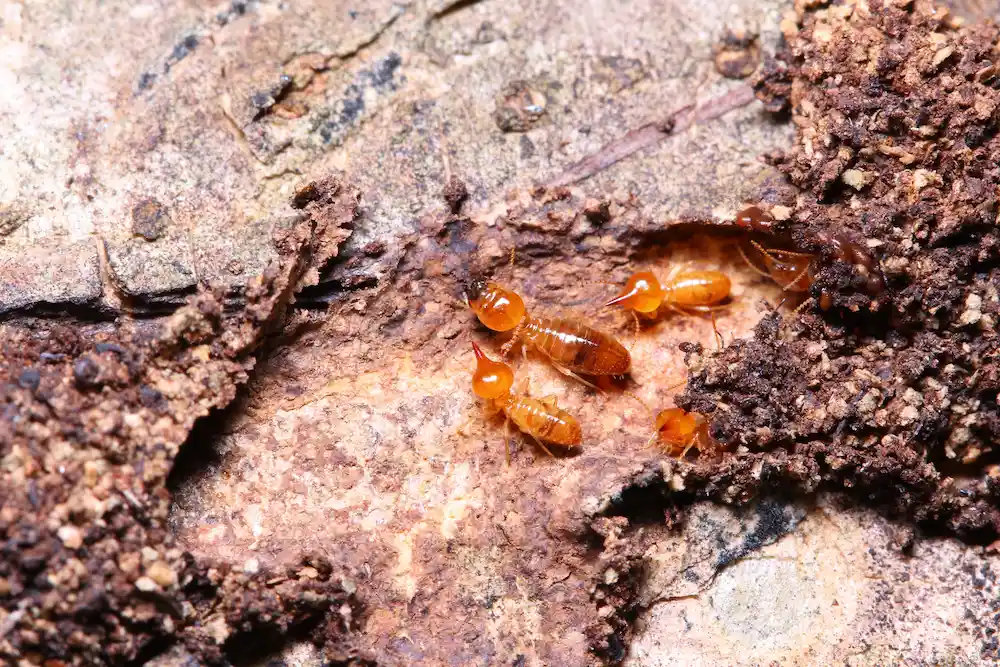
Pacific dampwood termites aren’t as destructive, but they’re still a common problem for PNW homeowners. True to their name, they invade wood in humid and damp areas since they love moisture. These termites are unique in that their nymphs do the work, rather than a class of workers. They use their frass (droppings) to seal holes in the tunnels. Pacific dampwood termites are 1/2 an inch long and brown, and they usually swarm in late summer.
Since there’s a lot of moisture in the PNW, termites have more opportunities to feed on moisture-damaged wood. This is why termite prevention and control is essential in our region.
Termite Prevention Tips
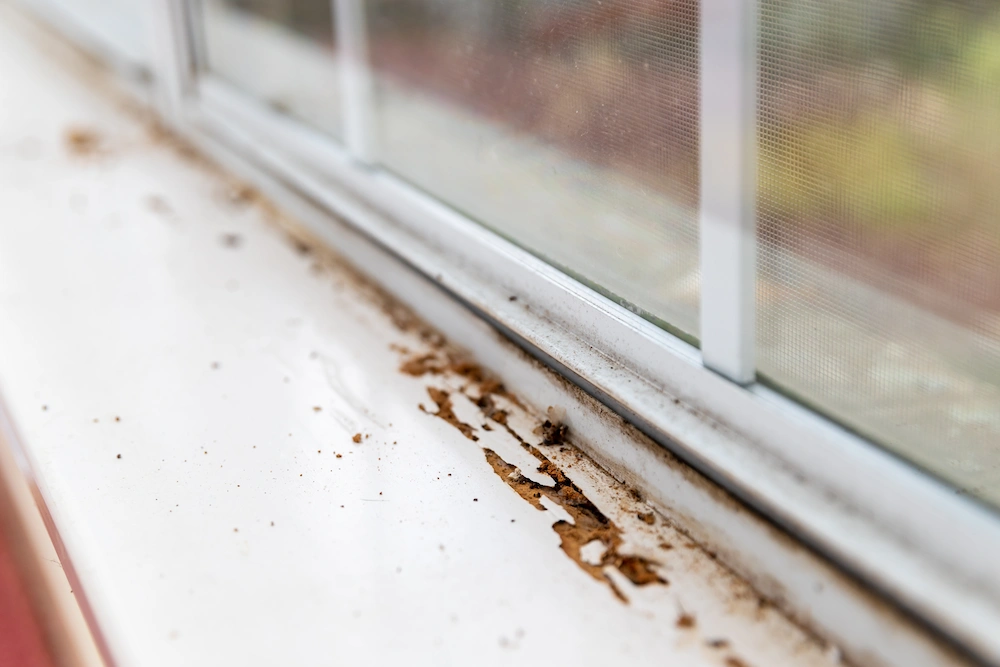
Termites are a tricky pest to prevent since their entire goal is to gnaw so deeply into wood that we can’t find them. As with any pest, the most efficient way to prevent termites is to take away their food source and shelter. That means keeping a close eye on the state of your home.
Our best tips for preventing termites are:
- Repair moisture damage. This is the most important step in preventing termites. Check your house for any signs of moisture damage (especially after a storm) and repair it.
- Store firewood properly. We’d prefer our firewood to be safe, so it’s best to keep it away from the house in the event of an infestation. Store it at least 5 feet away and keep it covered.
- Look out for new damage. Keep an eye out for any new signs of termite damage, like tiny holes or a hollow sound when you tap on the wood. Infestations are best solved early on.
- Listen for rustling. Termites are not a quiet pest, despite their introversion. They make a lot of rustling sounds when they’re active, so listen closely in the areas of a suspected invasion.
- Notice the signs. The sooner a termite problem is solved, the less money you’ll spend on repairs. Look for signs of an invasion, like discarded wings, termite bodies, and sawdust.
- Contact pest control. This is not a pest problem you want to try and solve with store-bought remedies. If you have a termite problem, contact your local pest control company immediately.
Pointe’s Efficiency Is Unrivaled
Termites are nothing if not efficient, but do you know who else demonstrates this kind of efficiency? The experienced technicians of Pointe Pest Control! Our team doesn’t waste time with general treatments that don’t get to the root of the pest problem. Instead, we create a treatment plan that’s customized to fit your pest control needs. Our licensed technicians provide targeted treatments that eliminate current pests and prevent future invaders.
You don’t have to settle for surface-level products that don’t actually solve your problems. For a free quote on our effective services, contact us today!
Citations
How to get rid of dampwood & subterranean termites. (2022, July 3). Oregon State University: Solve Pest Problems. Retrieved February 6, 2025, from https://solvepestproblems.oregonstate.edu/insects-spiders/termites
Termites. (n.d.). National Wildlife Federation. Retrieved February 6, 2025, from https://www.nwf.org/Educational-Resources/Wildlife-Guide/Invertebrates/Termites
Termites. (n.d.). Pointe Pest Control. Retrieved February 6, 2025, from https://pointepestcontrol.com/services/termites/
